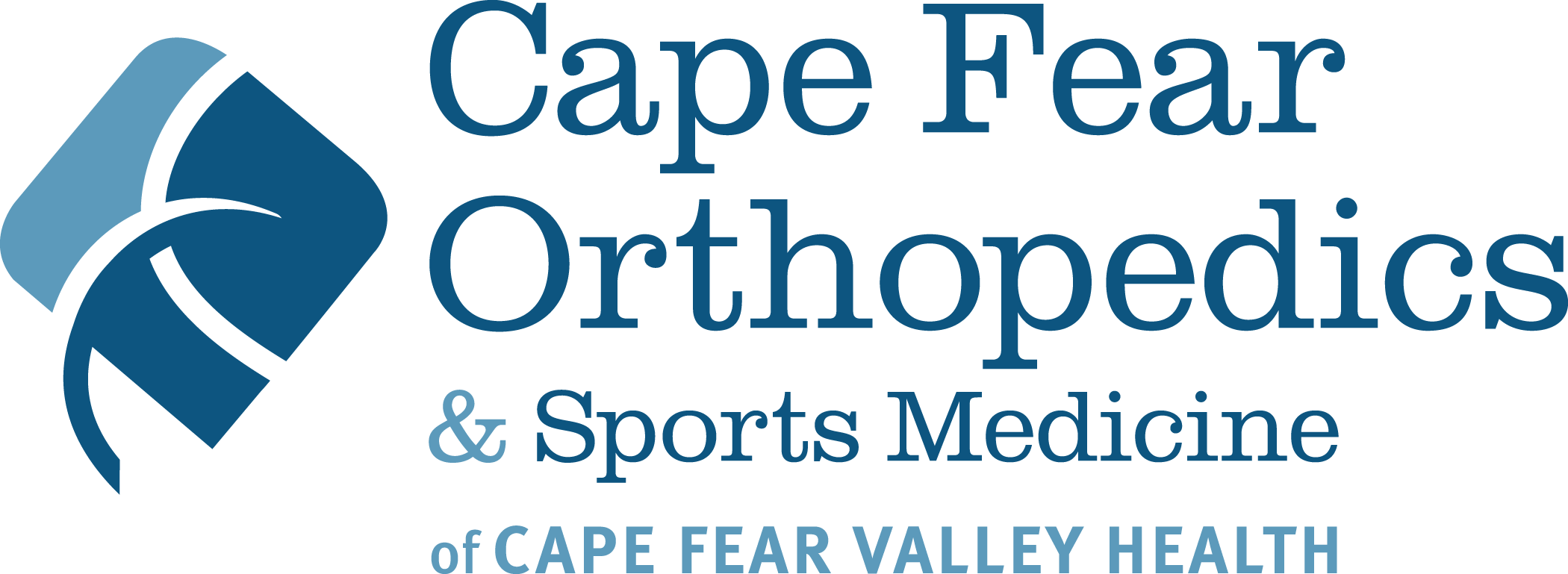SCOLIOSIS – WHEN DO YOU CONTACT A SPINE SPECIALIST?

Did you know that June is Scoliosis Awareness Month? Scoliosis is a spinal condition that causes the spine to curve sideways, forming a “C” or “S” shape. It leads to impaired movement and back pain. Severe cases of scoliosis have been known to limit normal ranges or functionality and in the most severe cases, it can affect breathing.
Most cases of scoliosis are minor, however conditions should be monitored on a case-by-case basis, as they can range in severity by patient. Surgery is usually recommended for curves 40° or greater.
CAUSES
There are four types of scoliosis, and each one has a different cause.
Idiopathic Scoliosis – Idiopathic Scoliosis is the most common, and there is no known cause for the condition. Up to 80% of scoliosis cases are idiopathic.
Neuromuscular Scoliosis – This is caused by a disorder like spina bifida or cerebral palsy. These conditions can damage your muscles and can cause your back to curve.
Congenital Scoliosis – Congenital Scoliosis begins before birth. Problems with vertebrae in the back can cause the spine to curve. This type of scoliosis will be diagnosed anytime between birth and teenage years.
Degenerative Scoliosis – This type of scoliosis develops as we age. Typically as adults our disks and joints in the spine begin to wear out, and this can cause curvature of the spine.
SIGNS AND SYMPTOMS
While these conditions do not necessarily diagnose scoliosis, if one or more of these conditions are present, further testing with a doctor should be done:
- Tilted body
- Uneven shoulders
- Uneven waist
- Ribs that stick out farther on one side of the body than the other
TREATMENTS
Treatment for scoliosis varies by the severity of the condition. Mild scoliosis may not require any invasive procedures, and can be treated with exercise, physical therapy, and professional monitoring. Yoga and pilates are two great forms of exercise for those dealing with a case of mild scoliosis.
In more severe cases, where the curvature is prominent, there may be a need for more imaging. MRIs can be used in addition to x-rays for more detail. A child at risk for developing curvature may be given a brace to help realign their spine, until he or she has finished growing. In the case of severe scoliosis, surgery may be required to straighten the spine. Surgery can help alleviate pain and correct the curve.
If you are showing signs of scoliosis, it is best to play it safe and visit a spine specialist, such as an orthopedist at Cape Fear Orthopedics & Sports Medicine.
OUR TEAM
Our team has two incredible spine specialists who are available to treat you for all of your spinal needs.
Dr. Jason Eck has sub-specialty training in Spine Surgery. He attended the Catholic University of America, received his Masters degree from Marquette University, and completed medical school at the University of Health Sciences in Kansas City, MO. Dr. Eck was named Resident of the Year at Memorial Hospital in York, PA. Dr. Eck has received numerous research awards and has written more than 90 articles and 4 books.
Dr. Judit Staneata specializes in nonsurgical treatment of conditions and injuries to the spine. She completed her medical degree and residency at the University of Medicine and Pharmacy in Trigu Mures, Romania. Dr. Staneata also completed an internship and residency in Orthopedics at East Carolina University’s Brody School of Medicine, where she became Chief Resident in July 2012. Her fellowship was completed at OrthoCarolina in Winston Salem, NC.
Our specialty-trained doctors at Cape Fear Orthopedics & Sports Medicine are recognized experts in spinal surgery and treatment. When you are seen by one of our experts, you know that you are being treated by an experienced doctor who is focused and dedicated to providing you exceptional orthopedic care.
Our experts understand that proper diagnosis is paramount in determining the most effective treatment plan for your individual condition. For a consultation with one of our providers, call us at (910) 484-2171.

